Henrietta Lacks died from cervical cancer, and HeLa cell line was born
On Feb. 8, 1951, Henrietta Lacks, a tobacco farmer from Virginia died from cervical cancer, and a scientist…
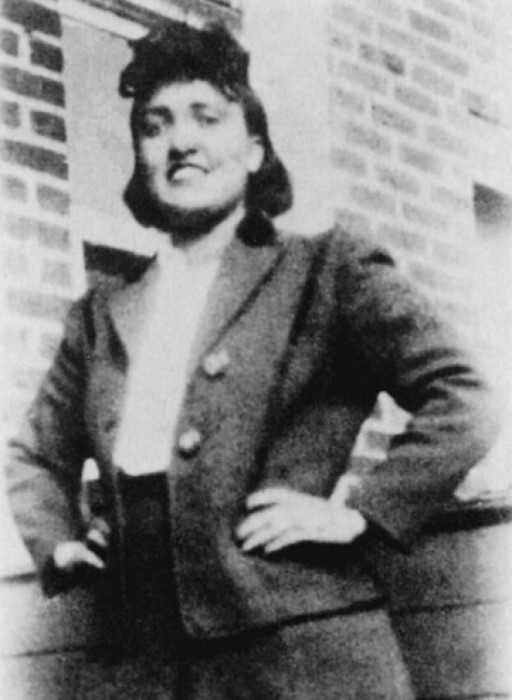
On Feb. 8, 1951, Henrietta Lacks, a tobacco farmer from Virginia died from cervical cancer, and a scientist…
In 1948, the World Health Organization (WHO) Influenza Centre was established at the National Institute for Medical Research…
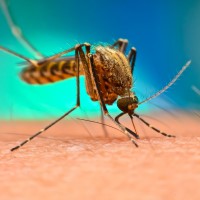
In 1947, the Zika virus was first discovered during research supported by the Rockefeller Foundation to study the…
In 1947, during the seasonal flu epidemic of 1947, investigators determined that changes in the antigenic composition of…

In 1947, Dr. Jonas Salk was recruited from the University of Michigan by Dr. William S. McEllroy, dean…
In late 1946, an outbreak of influenza occurred in Japan and Korea in American troops. It spread in…
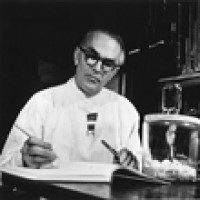
In 1945, Karl Habel cultivated mumps virus in embryonated eggs and devised serological tests for its presence. Habel…

In 1945, W. Ray Bryan, Michael B. Shimkin, Howard B. Andervont, Herbert Kahler and Thelma B. Dunn published…

In 1945, the inactivated influenza vaccine was first licensed in the U.S. The first vaccine was an inactivated,…
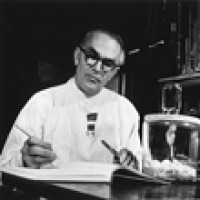
In 1945, Karl Habel and John Enders isolated the mumps virus. Habel and Enders had successfully cultivated the…
In 1944, the use of cell cultures for virus growth was discovered. This allowed viruses to be cultured…
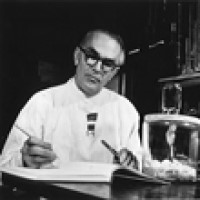
On Jul. 31, 1942, Karl Habel published “Transmission of Rubella to Macacus mulatta Monkeys” in Public Health Reports….
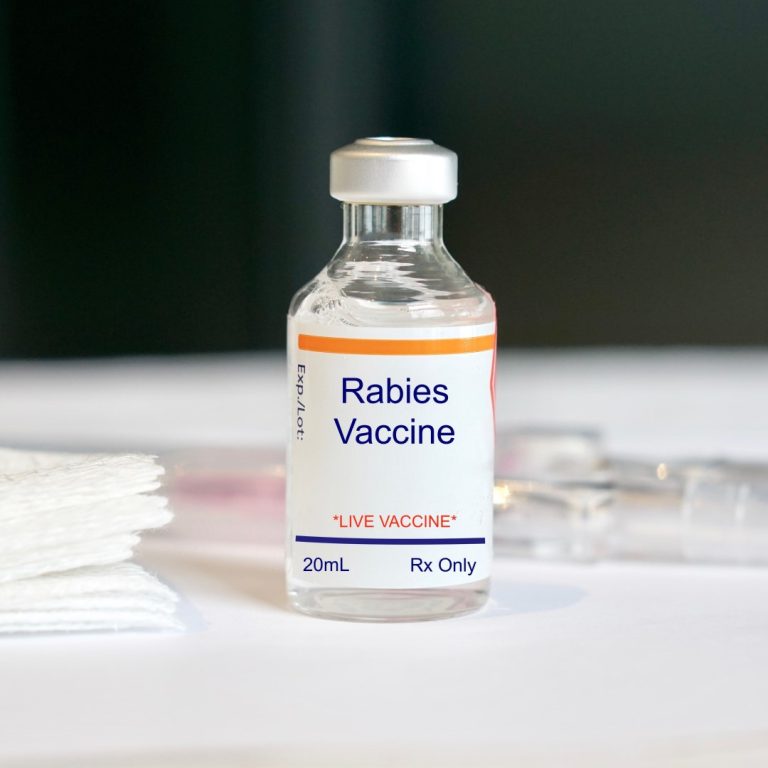
On Sept. 6, 1940, Karl Habel produced an improved, killed rabies vaccine that eliminated foreign brain tissue that…

In 1940, Thomas Francis, Jr, MD isolated the influenza B virus from a child in 1940. Francis helped…
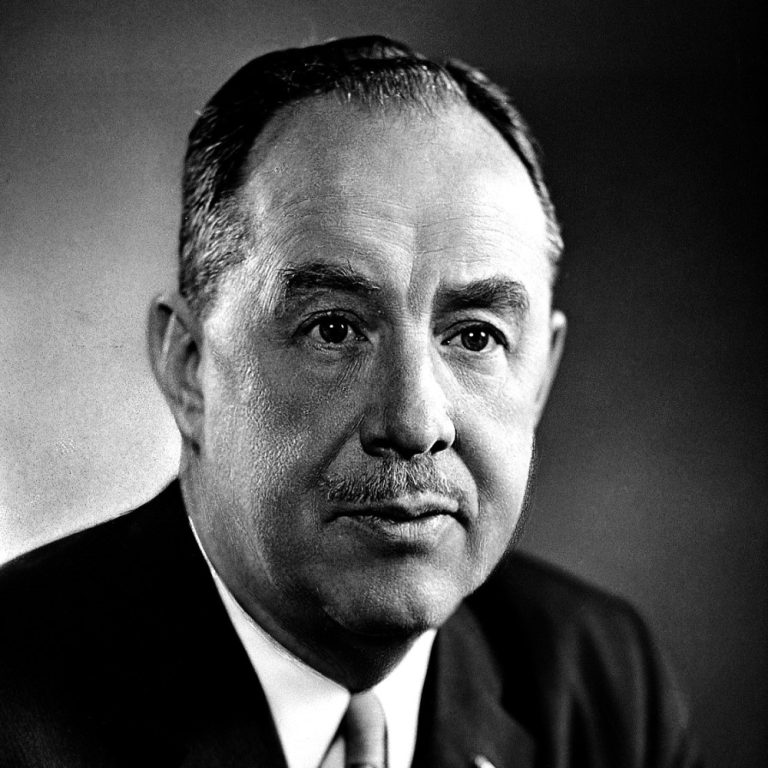
In 1938, Thomas Francis, Jr., MD and Jonas Salk, MD served as lead researchers at the University of…
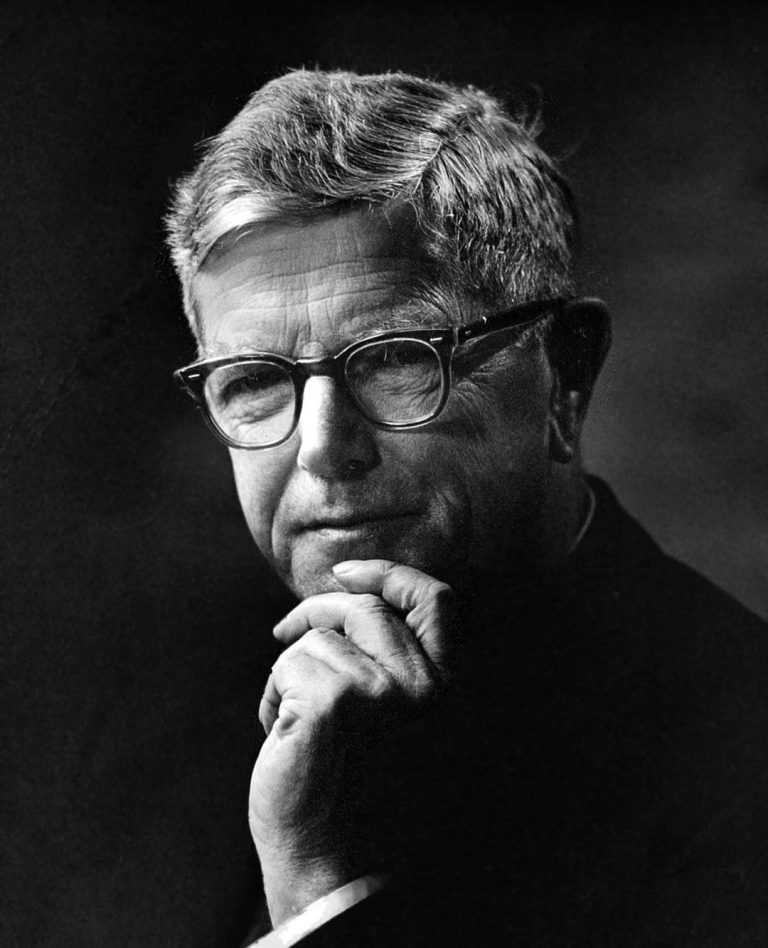
In 1936, Sir Macfarlane Burnet discovered that influenza virus could be grown in embryonated hens’ eggs. This led…

On Jul. 8, 1933, Christopher Andrewes, Laidlaw and W Smith from the Medical Research Council (MRC) reported that…
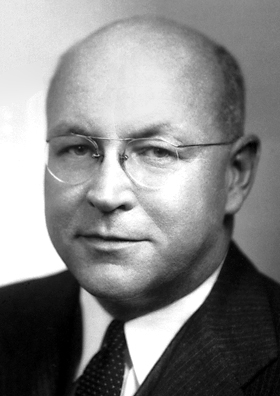
In 1933, Wendell Stanley purified a sample of tobacco mosaic virus (TMV) and finds crystals. This suggested, contrary…
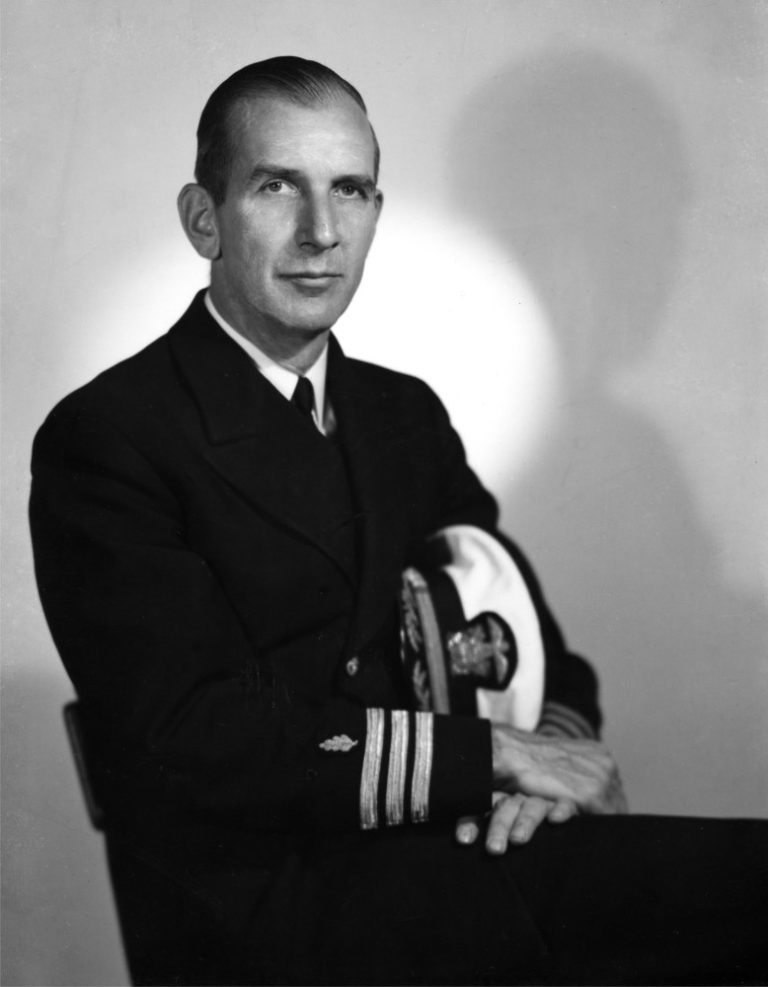
In 1931, Rockefeller Institute investigator Richard Shope published the first of three landmark papers that established the etiology…
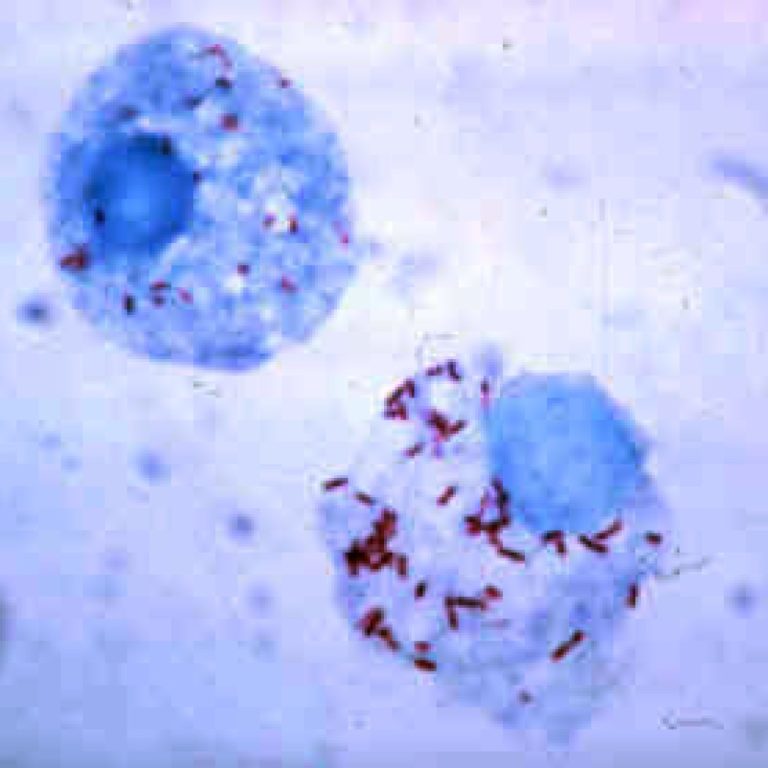
In 1930, Ralph Lillie demonstrated that the cause of psittacosis was a rickettsia-like organism (later placed in the…
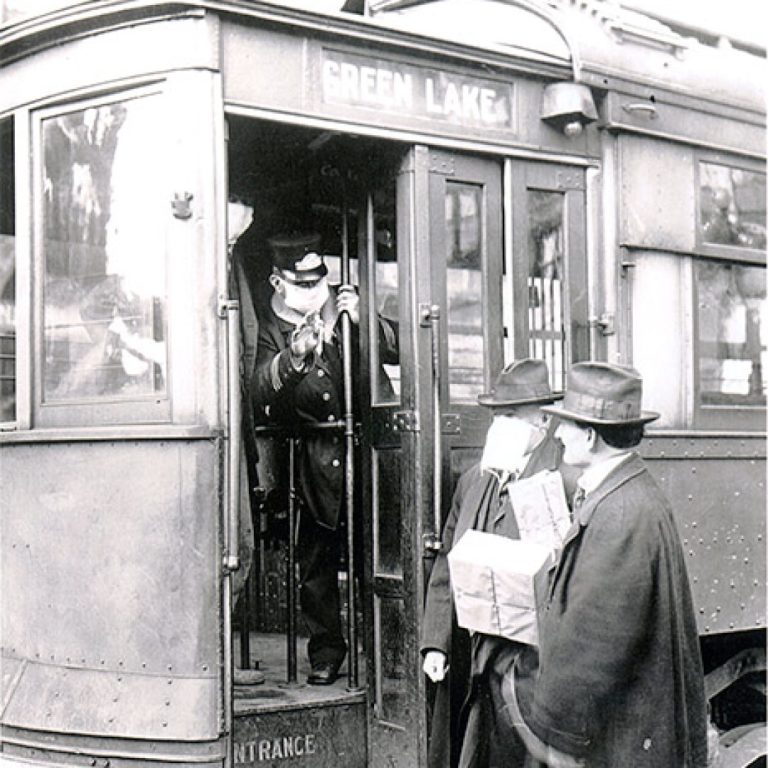
On Oct. 4, 1918, the Spanish Flu reached the state of Washington when Seattle newspapers reported that one…

In the summer of 1918, the swine influenza virus first appeared in western Illinois in 1918, where it…
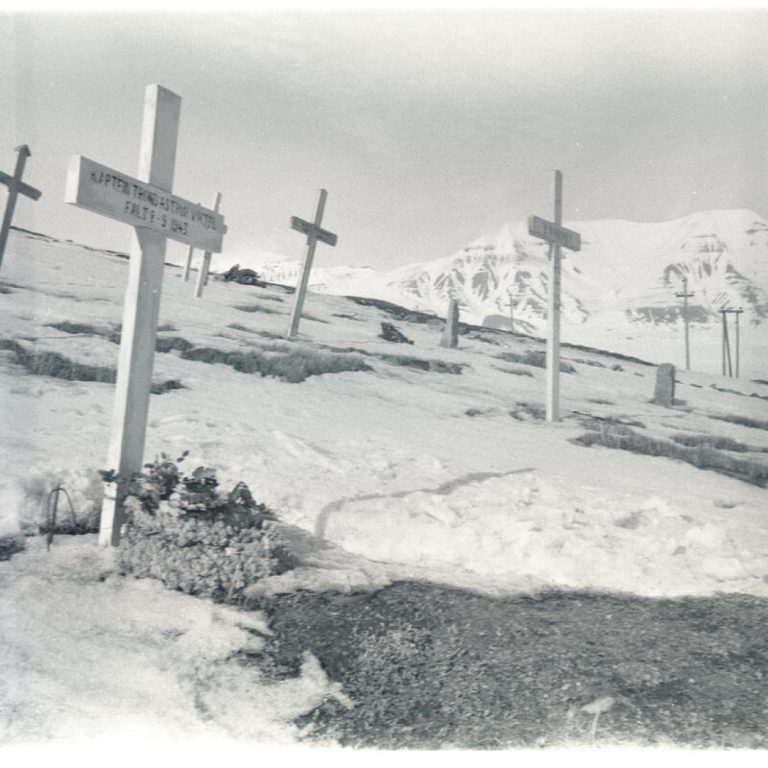
In 1918, It was estimated that about 500 million people or one-third of the world’s population became infected…
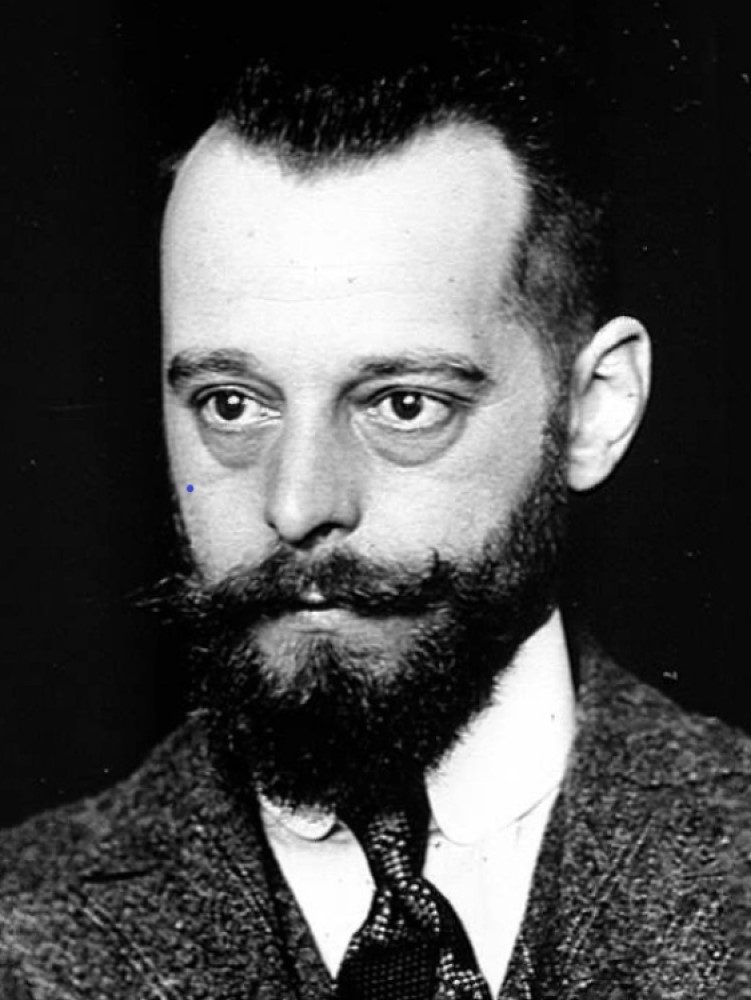
In 1916, French-Canadian bacteriologist Felix-Hubert D’Herelle discovered viruses that prey on bacteria and named them bacteriophages or bacteria…
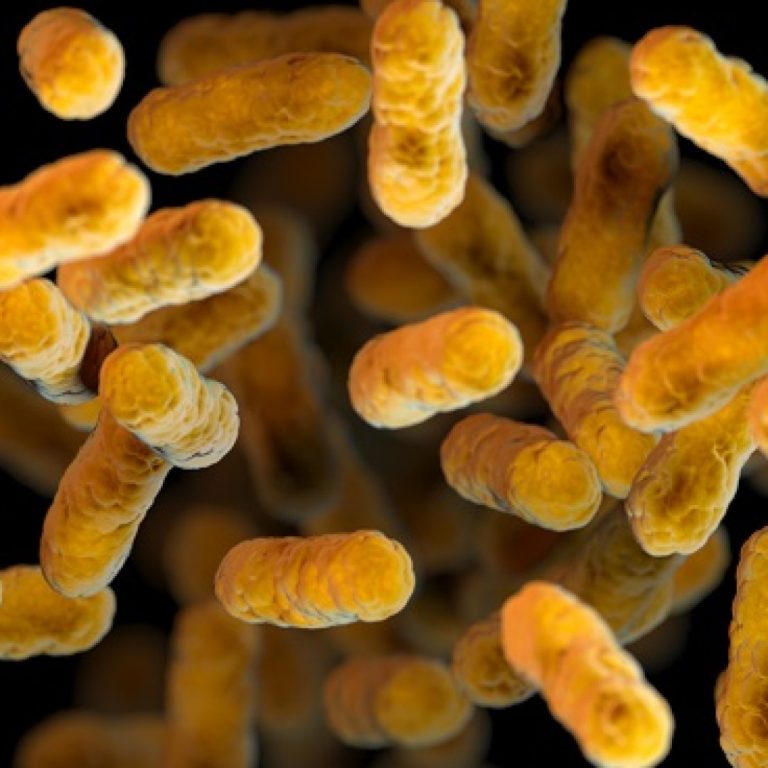
In 1915, Pertussis vaccine, a suspension of inactivated Bordetella pertussis cells, was licensed. Inactivated vaccines were prepared with…
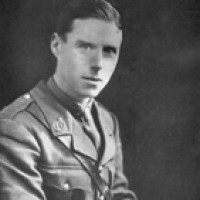
In 1914, Phages, or bacterial viruses, were discovered by Frederick Twort. He researched Johne’s disease, a chronic intestinal…
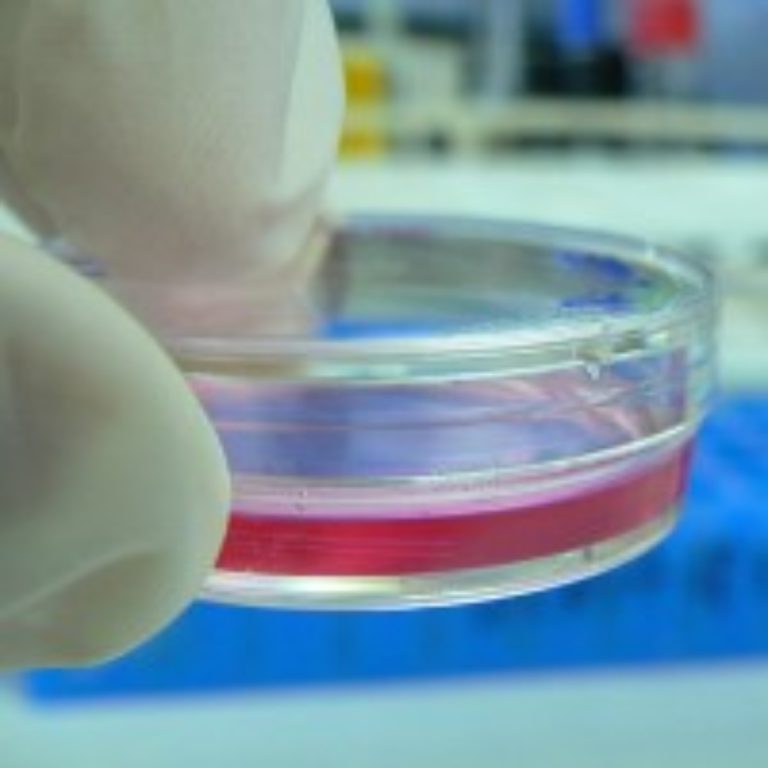
In 1913, for the first time ever, a virus (vaccinia) was grown in cell culture, and then in…
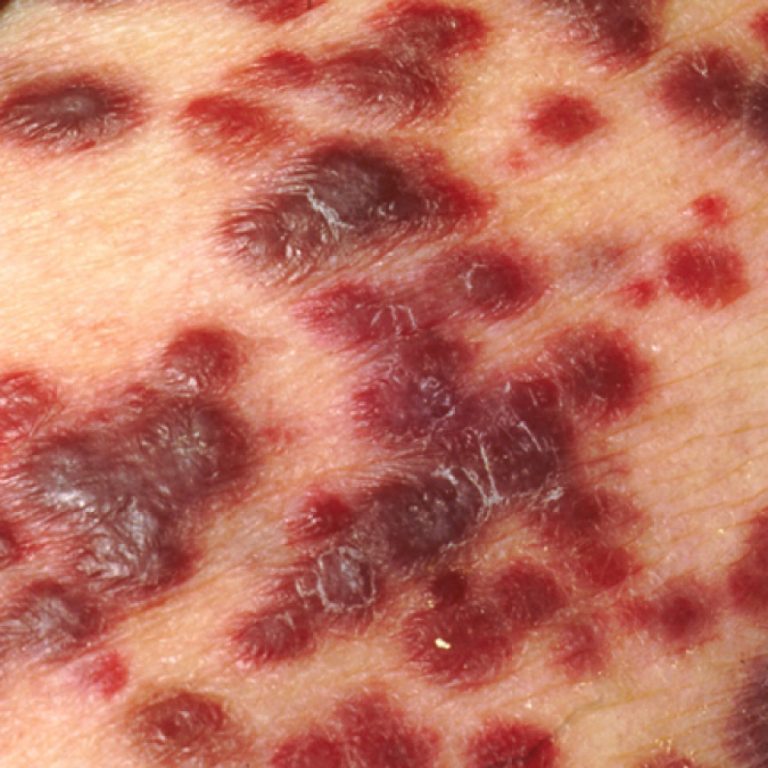
In 1911, Pathologist Peyton Rous reported a virus that causes cancer in chickens (Rous sarcoma virus) that opened…

In 1911, John F. Anderson and Joseph Goldberger first transmitted measles (rubeola) to monkeys by contact Their study…
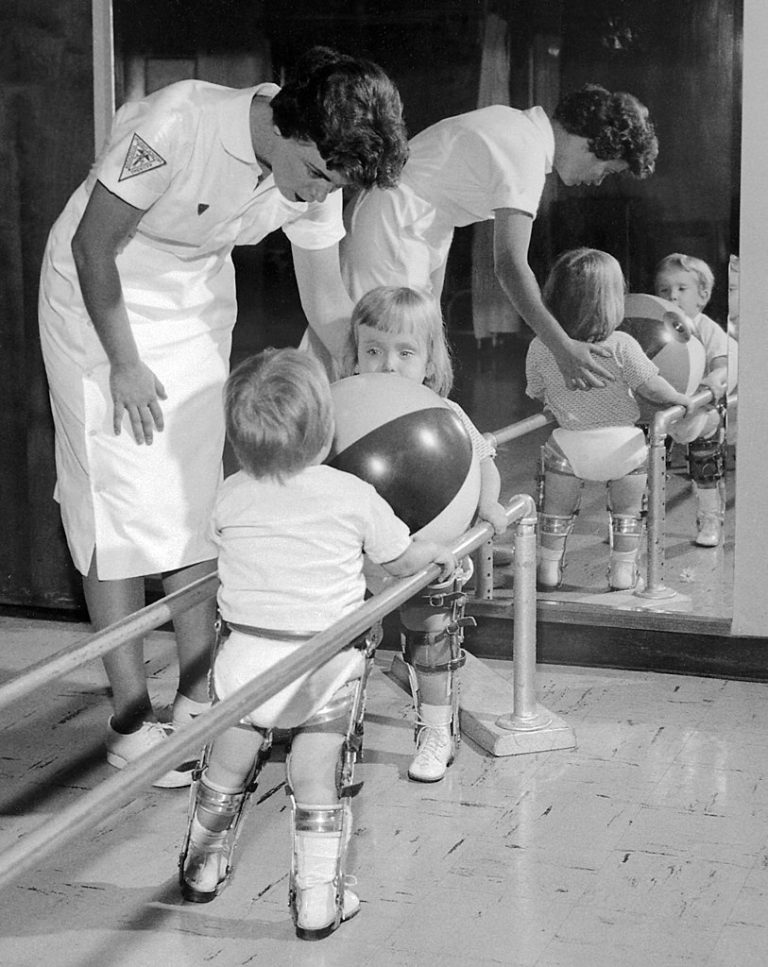
In 1908, Dr. Karl Landsteiner at the University Department of Pathological Anatomy in Vienna discovered that the cause…